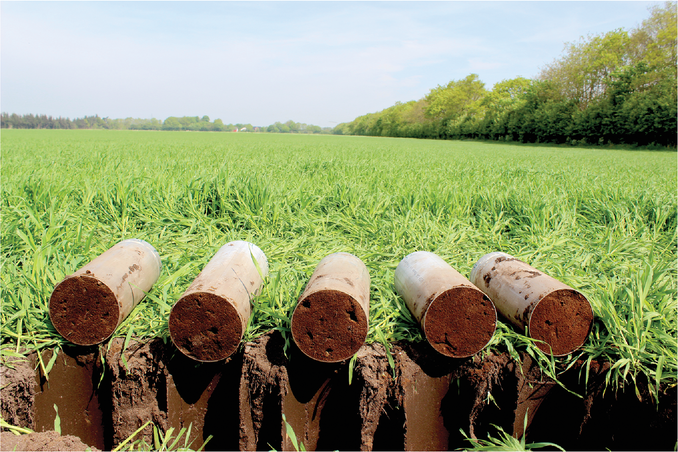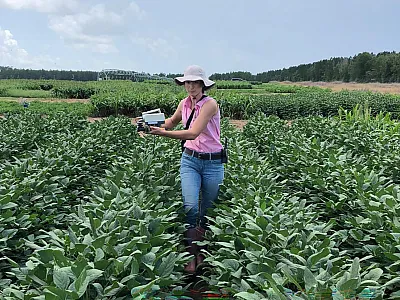Bromide Tracer Is Not Inert When Used in Topsoil

The use of tracers for water movement is vital in most leaching studies, whether conducted in field or lab. Bromide is frequently used as a tracer in soil‐leaching studies but often does not quantitatively follow the water movement as it should.
It is known that some bromide may be taken up by plants or bind to acidic soils. But there is a third, possibly more important way inorganic bromide may be changing: conversion to organic bromine through a microbial process known as bromination.
Researchers from the Geological Survey of Denmark & Greenland reviewed the current knowledge on bromination processes, which is largely based on observations of bromide in natural soils. They determined that the same processes are likely to occur in arable topsoil where bromide is often used as a tracer. They conducted an outdoor column study to compare the behavior of bromide in arable topsoil to control columns containing sand and fine gravel. They confirmed that bromination was occurring in the arable topsoil.
When interpreting leaching studies, the potential for bromination in topsoil should be taken into consideration. In addition, in‐depth mechanistic studies are needed so that bromination can be taken into account when conducting bromide leaching assessments.
Adapted from Albers, C. N., & Rosenbom, A. E. (2023). Bromide reactivity in topsoil: Implications for use as a “conservative” tracer in assessing quantity and quality of water. Vadose Zone Journal, 22, e20260. https://doi.org/10.1002/vzj2.20260
Text © . The authors. CC BY-NC-ND 4.0. Except where otherwise noted, images are subject to copyright. Any reuse without express permission from the copyright owner is prohibited.











